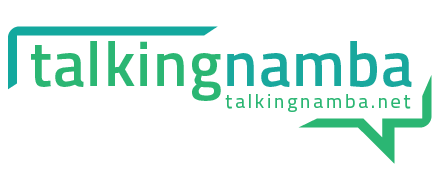The skill of multiplying and dividing draws on all of the skills studied in the whole number, addition and subtraction sections. A failure to progress will generally indicate one or more of these skills needs to be revisited.
Student’s early multiplication and division knowledge is based fundamentally on the development of counting sequences and arithmetic strategies, along with skills of combining, partitioning and patterning (CMIT P30, LFN). Early multiplication and division strategies focus on the structure and use of groups of things. Rather than emphasizing individual items or number words, students develop increasingly sophisticated ideas of “composites”. As they develop the concept of multiplication, students focus on groups of items and learn to treat the groups as countable units (CMIT, LFN, P. 6).
